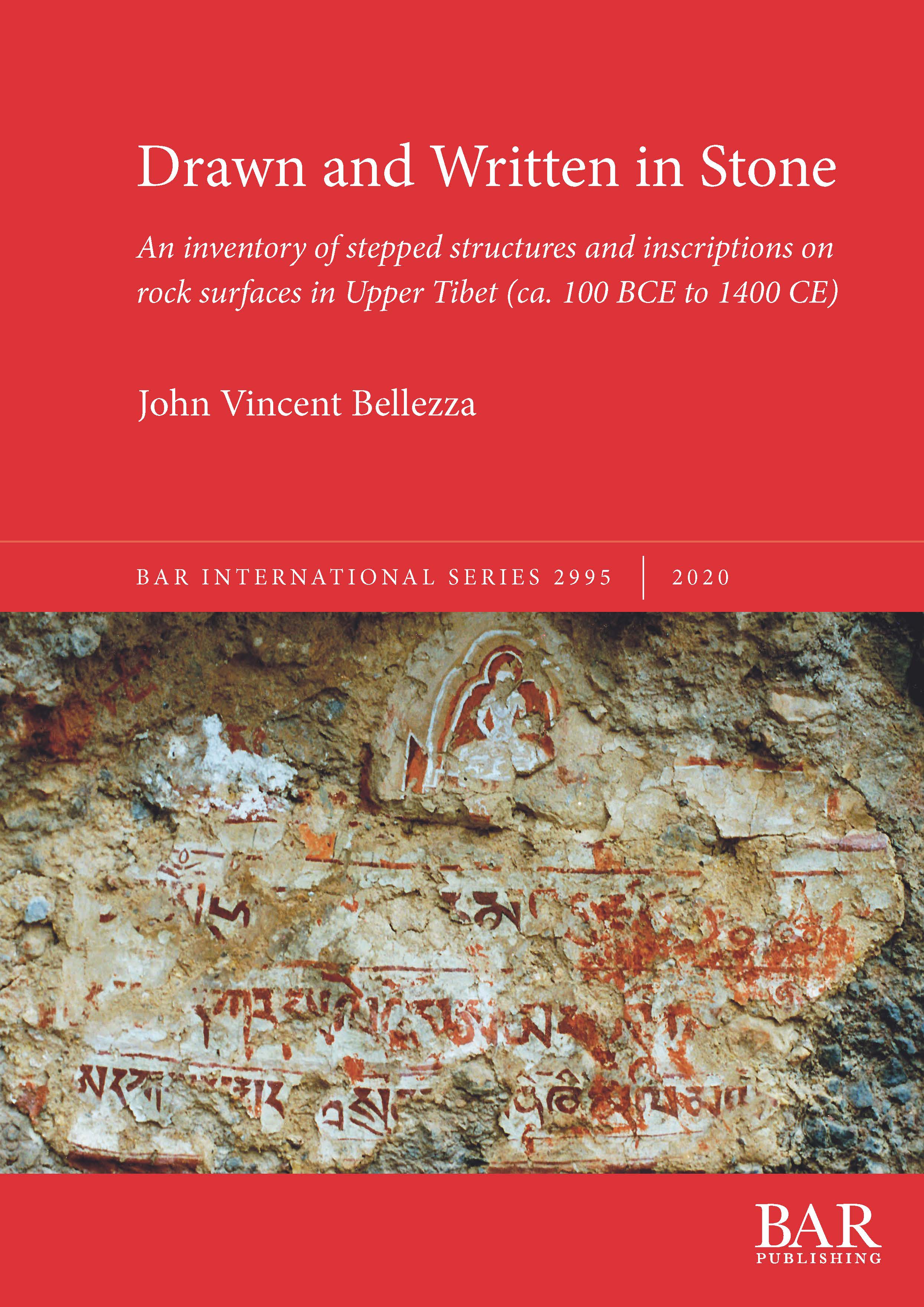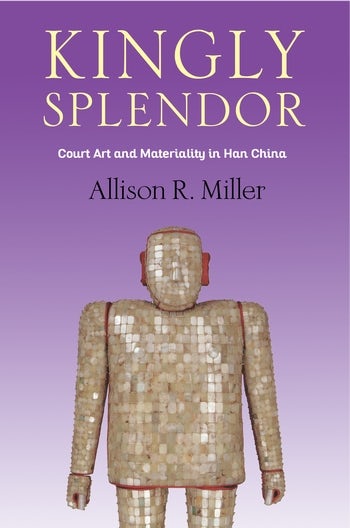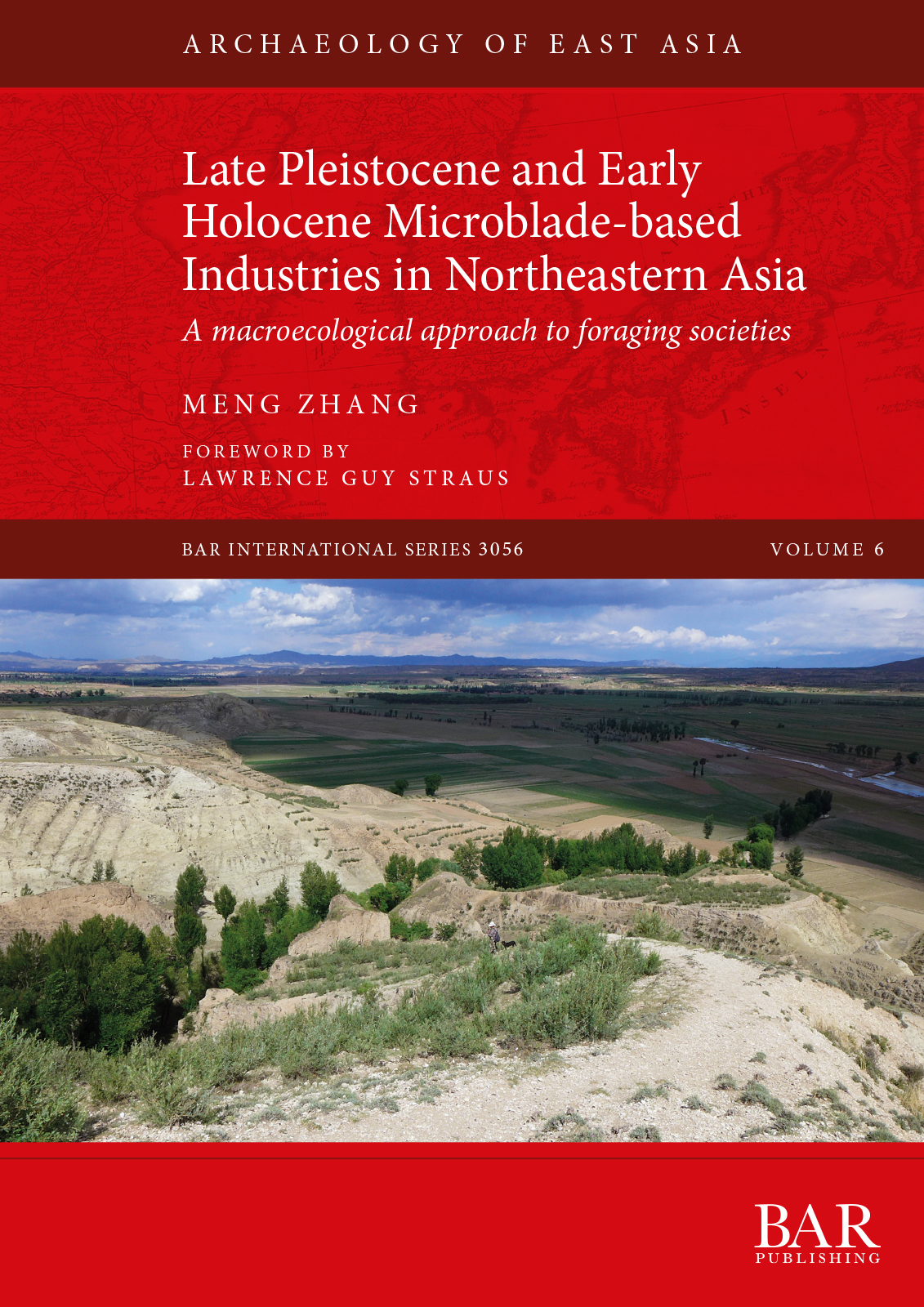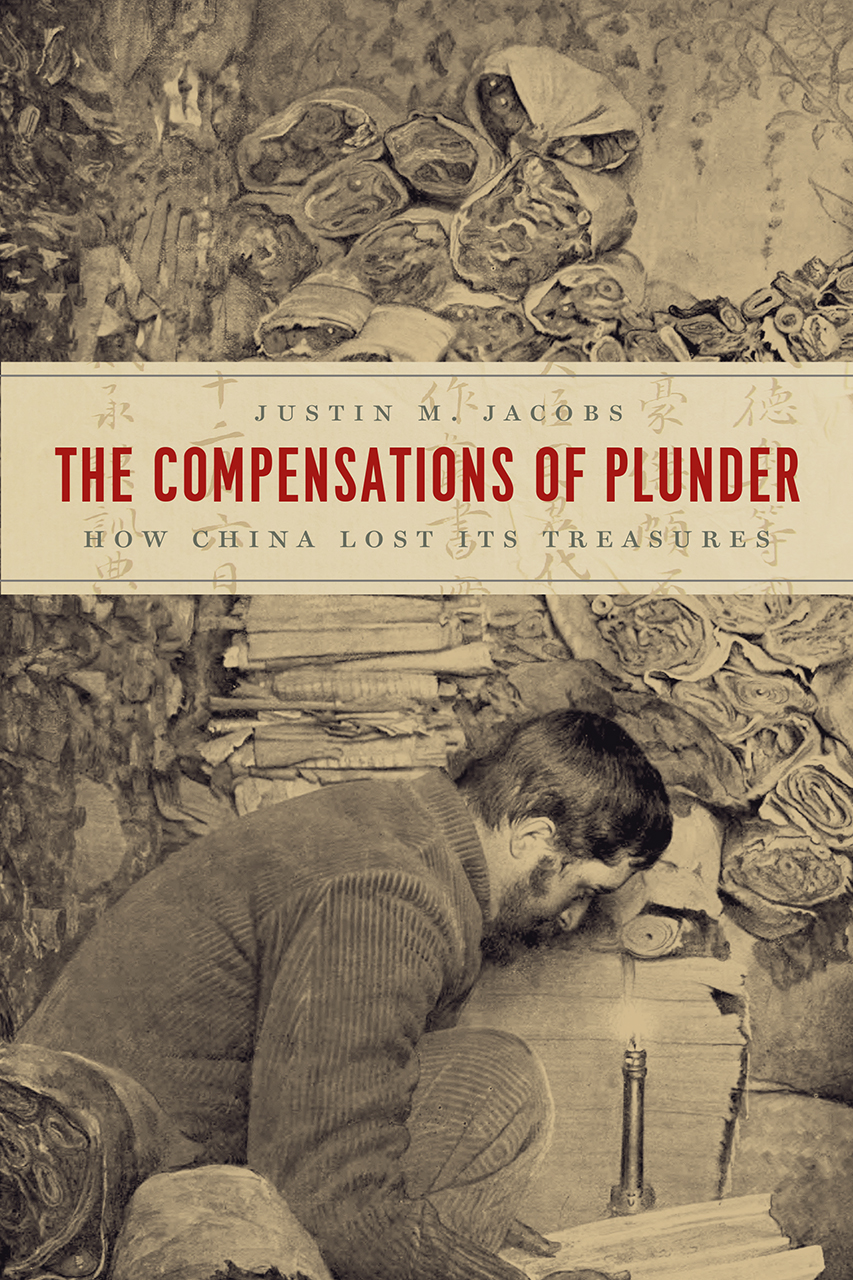Author: John Vincent Bellezza
Synopsis
Drawn and Written in Stone explores the religious history of the highest part of the Tibetan Plateau through its rock art and inscriptions. It is focused on facsimiles of ritual and ceremonial monuments carved and painted on stone surfaces and rock inscriptions in the Tibetan language, vital archaeological and historical materials for appraising the development of religion in Tibet, ca. 100 BCE to 1400 CE. By probing the complexion of figures and letters in stone, this work considers how early cult traditions contributed to the establishment of Tibetan Buddhism and a rival faith known as Yungdrung Bon. Outside of the Indian cultural context, relatively little has been written about the historical antecedents of these popular Tibetan religions for a want of sources. This monograph helps remedy this large gap in Tibetan studies by drawing upon the author’s surveys of rock art and rock inscriptions conducted in upmost Tibet between 1995 and 2013.







